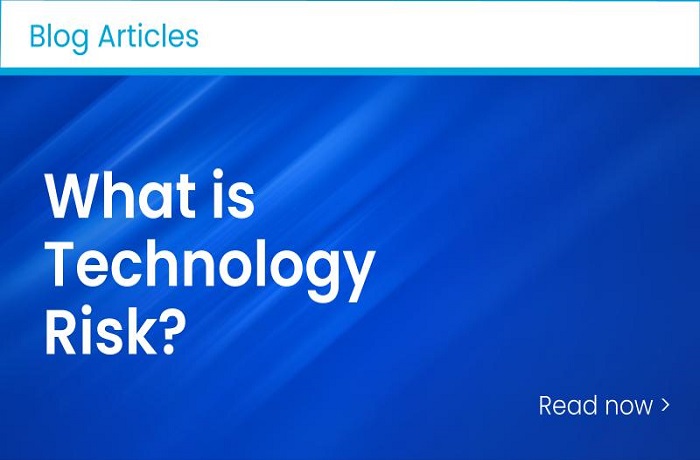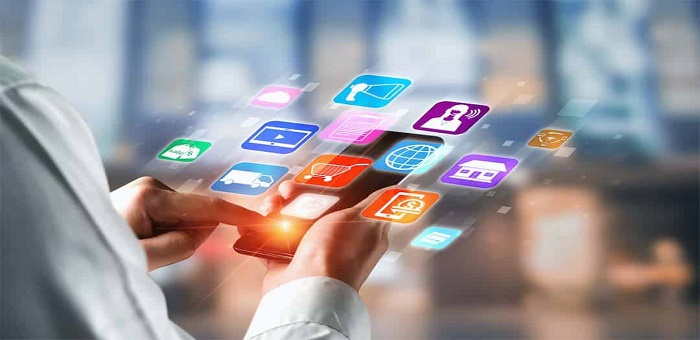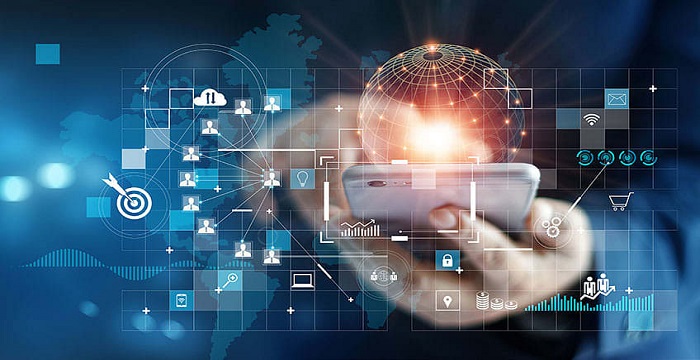What is Technology? A Simple Definition
Technology is the practical application of scientific knowledge to solve real-world problems and improve lives. Its goal often lies in achieving industrial or commercial progress.
Imagine a world without modern technology—no internet, vehicles, phones, electricity, or machines. Sounds like a nightmare, right?

Technology is central to daily life. For instance, if you run an online business, the internet and software tools are technological gifts. It also encompasses everyday conveniences like cooking tools, transportation, and modern medicine. Technology has shaped human progress from early humans using stones to create fire and forge weapons to modern society’s technological milestones, such as the internet enabling global communication.
Emerging technologies continue to positively impact our lives today. For example, ChatGPT, an AI-powered tool, can answer questions, draft documents, and even compose poems or resumes—all in a conversational tone.
Popular Types of Technology
1. Medical Technology
Medical technology applies scientific advancements to diagnose, treat, and prevent diseases. It encompasses tools like syringes, ventilators, pacemakers, and imaging devices.
Examples:
- MRI Scanners: Detect cancerous tissues, organ issues, or torn ligaments.
- Remote Patient Monitoring: Enables healthcare professionals to monitor patients’ progress remotely.
2. Mechanical Technology
Mechanical technology uses engineering principles to create machines that reduce human effort. Mechanical innovations have transformed societies from the wheel in ancient Mesopotamia to modern motors and gears.
Examples:
- Motors: Convert electrical energy into movement, used in devices like fans and washing machines.
- Gears: Found in bicycles and ships, they regulate power and speed.
3. Communication Technology
This field revolves around tools and systems that transmit messages, from ancient symbols to modern smartphones and the internet.
Examples:
- Telephones: Once limited to voice calls, modern phones now support video calls, texting, and web browsing.
- Internet: A revolutionary tool that enables global connectivity.
4. Industrial and Manufacturing Technology
Focused on efficiency, these technologies automate and streamline production processes, such as through robotics and 3D printing.
Examples:
- Smart Factories: Use connected systems to enhance productivity.
- 3D Printing: Speeds up production while minimizing waste.
5. Electronic Technology
This involves devices and systems powered by electricity, like laptops, televisions, and printers.
Examples:
- Smart TVs: Entertain internet connectivity.
- ATMs: Simplify financial transactions.
6. Educational Technology
Tools and systems in this category improve learning experiences for students and teachers.
Examples:
- Smart Classrooms: Equipped with devices like projectors and tablets for enhanced learning.
- Virtual Reality (VR): Offers immersive educational experiences.
- Gamification: Makes learning fun through interactive, reward-based methods.
7. Business Technology
Businesses use technology to streamline operations, improve productivity, and drive growth.
Examples:
- Business Tools: Software for website building, email marketing, and video conferencing.
- Security Tools: Safeguard data and assets with surveillance systems and digital protections.
8. Construction Technology
This area uses innovative tools and techniques to build structures more efficiently and safely.
Examples:
- 3D Printing in Construction: Creates cost-effective and faster housing solutions.
- Exoskeletons: Enhances workers’ capabilities and reduces injuries.
- LiDAR: Creates 3D site models for better planning.
9. Assistive Technology
Designed to improve the lives of people with disabilities, assistive tools enable independence and functionality.
Examples:
- Screen Readers: Help visually impaired users navigate digital devices.
- Text Readers: Convert written text into audio for easier comprehension.
10. Entertainment Technology
This includes tools that enhance how people consume media, from movies to virtual reality games.Examples:
- Special Effects: Create visual wonders in films.
- Streaming Platforms: Enable instant access to entertainment content.
Technology continues to evolve, addressing human needs and revolutionizing the world in every aspect.
Examples of Entertainment Technology
- IoT-Driven Museums: Modern museums now integrate Internet of Things (IoT) technology and virtual reality to present historical artifacts, art, and documents in interactive and engaging ways for visitors.
- Blockchain Gaming: Games leveraging blockchain technology, such as Cryptokitties and Huntercoin, are revolutionizing the gaming landscape by offering innovative features like ownership of in-game assets and decentralized gameplay.
Impacts of Technology on Society
Technology profoundly influences every aspect of human life, including business, society, and culture, bringing both positive and negative effects.
Positive Impacts of Technology
- Enhances Learning Processes
Technology has revolutionized education by providing access to eBooks, blogs, online courses, and audiovisual aids. Students can now learn interactively and at their own pace through innovative apps and tutorials. - Improves Communication Across Distances
Technology has transformed communication through methods like emails, video calls, and conferencing platforms. For example, a company in England can seamlessly collaborate with clients and employees worldwide using tools like Zoom. - Boosts Healthcare Quality
Advancements in medical technology enable early disease detection, efficient treatments, and the use of protective equipment to safeguard healthcare workers.
Negative Impacts of Technology
- Increases War Devastation
Advanced military technologies, including drones, nuclear weapons, and armored vehicles, have escalated the destructive impact of wars, as evidenced by the catastrophic consequences of the World Wars. - Contributes to Pollution
Fuel-powered technologies in factories and vehicles significantly harm the environment. While this has sparked investments in clean energy solutions, pollution remains a major concern. - Reduces Social Interaction
Over-reliance on digital communication affects interpersonal relationships, particularly among youth. Studies highlight the negative effects of excessive internet use on socialization and overall well-being.
Advantages of Technology for Businesses
- Saves Time and Money
Businesses benefit from tools and software that enhance efficiency. Small enterprises, for instance, can thrive online without the need for physical offices, saving costs on infrastructure and staffing.
- Improves Information Sharing
Collaboration tools like ClickUp and Monday.com make it easier to share information, fostering better teamwork among remote and in-house employees. - Boosts Productivity
Automated systems and digital tools enable businesses to produce goods and services more efficiently while lowering operational costs. - Enhances Data Storage
Cloud storage solutions have replaced vulnerable paper records, allowing businesses to securely access data from anywhere.
Disadvantages of Technology for Businesses
- Introduces Security Risks
Cyberattacks like hacking, ransomware, and viruses pose significant threats. Businesses must invest in antivirus software, strong passwords, and robust online security systems to protect sensitive data. - High Costs of Purchase and Maintenance
Advanced technologies often come with high initial costs and ongoing maintenance expenses. Training employees on these technologies can also add to the financial burden. - Promotes Workplace Disconnection
Automation and remote work can lead to decreased employee engagement and weaker workplace relationships, as face-to-face interactions are replaced by digital communication. - Causes Distractions
Employees may misuse the internet for non-work-related activities, leading to reduced productivity. Studies indicate that workplace distractions caused by smartphones and the internet are a growing concern.
Technology vs. Science: What’s the Difference?
Although closely linked, science and technology differ in purpose and application.
- Science: Focuses on understanding natural phenomena through observation and experimentation.
- Technology: Applies scientific knowledge to create practical tools and solutions for real-world challenges.
